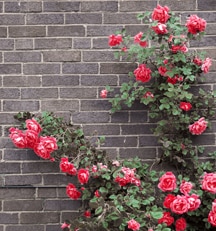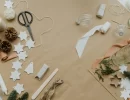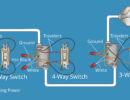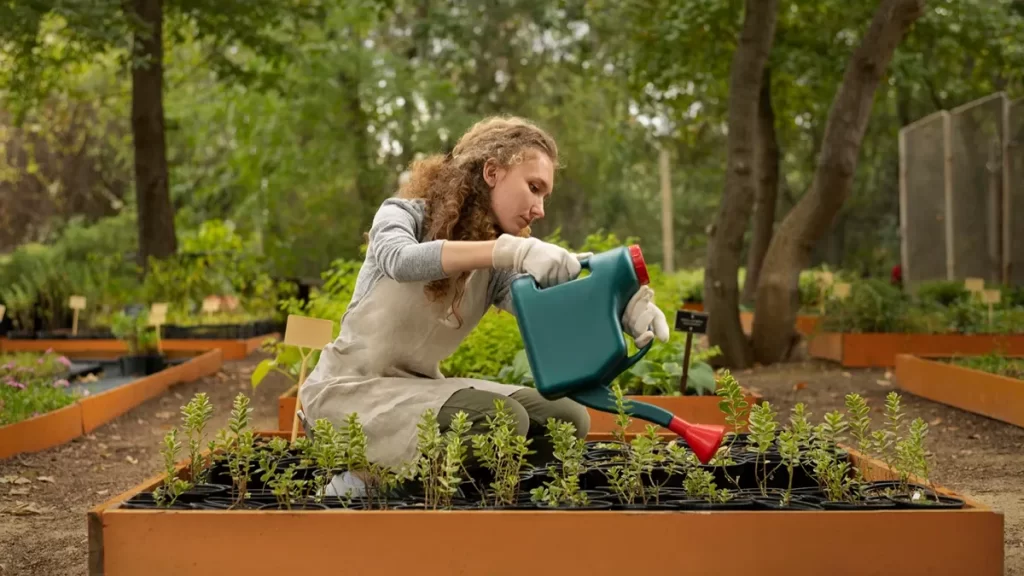This is a helpful DIY tutorial about maintaining bare-root roses in a container, from the first planting steps up to transplanting the roses.
Roses do well in containers, as long as you choose a container that is large enough and has good drainage. You will need at least a 5-gallon container; even bigger is better. If there’s no space for water to drain away from the container, raise it on blocks of wood or on pot feet.
Almost any style of container will do; choose one that will show off the flowers and look good in your garden, although unglazed terra-cotta pots dry out quickly so plants in them require more frequent watering. If you live in a hot-summer area, avoid black containers.
Place moist soil in the new container; the plant should ultimately sit 2 inches below the rim. Set the rose in place, and then add soil around the plant and firm it into place. Gently water. If the plant settles, grasp it above the roots and gently pull it up. Then add more soil and water again.
Planting Bare-Root Roses
Before planting bare-root roses, soak the roots for at least 4 hours and up to a day. If the plant is extremely dry, submerge it entirely for at least 24 hours.
Dig a planting hole twice as wide as the extended roots of the plant, with the sides of the hole tapering outward at the bottom. Leave a mound in the center and then dig slightly deeper around the mound to encourage the roots to grow down rather than out.
Add more soil to the mound, firming it as you go, to make it tall enough so that the rose will be at the proper planting height (see Basics for Planting Roses). Trim off any damaged roots and then place the plant over the cone and spread the roots out. Fill the hole with the soil you removed and water well.
If the plant settles, gently wiggle the plant upward, add more soil beneath it, and then water again. Add mulch around the base of the plant to help conserve moisture and keep out weeds, but take care that the mulch doesn’t touch the plant itself.
Transplanting Container Roses
To transplant a container-grown rose, thoroughly water the rose while it is still in the pot. Dig the planting hole as you would for bare-root roses, leaving a small mound in the middle.
Remove the rose from its container. If it is resistant, don’t pull on it but instead lay the container on its side and roll it gently, or use a sharp knife to cut around the inside edges of the container. Then use your fingers to loosen the soil on the surface of the rootball and to untangle any twisted roots.
Place the rose in the planting hole and spread out its roots. Add soil as needed to adjust the planting height (see Basics for Planting Roses). Fill in the hole with the soil you removed, and water well. If the soil settles, gently pull the plant up and add more soil beneath it, and then water again.
Add mulch around the base of the plant, keeping it away from the trunk of the rose.








 Don Vandervort writes or edits every article at HomeTips. Don has:
Don Vandervort writes or edits every article at HomeTips. Don has:




